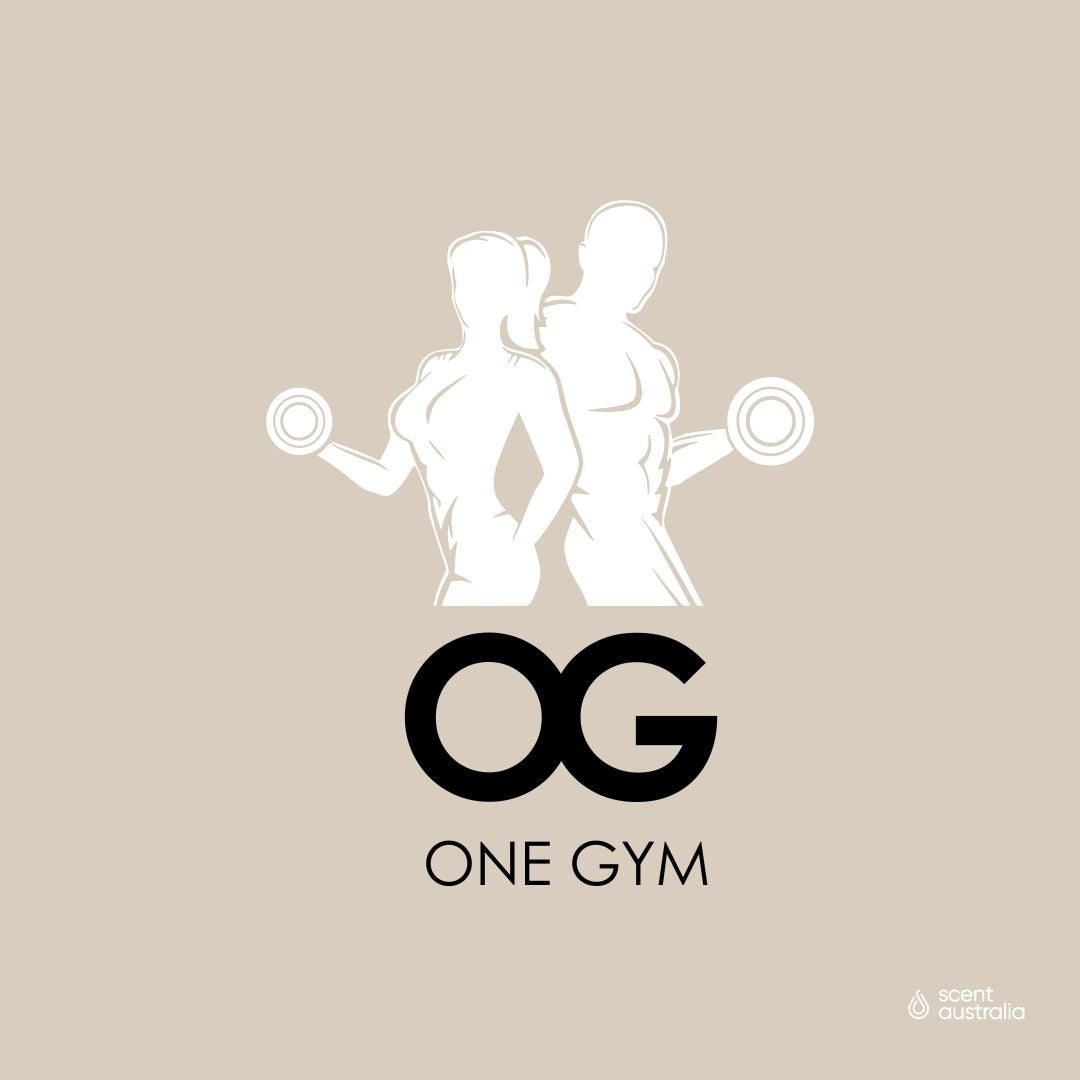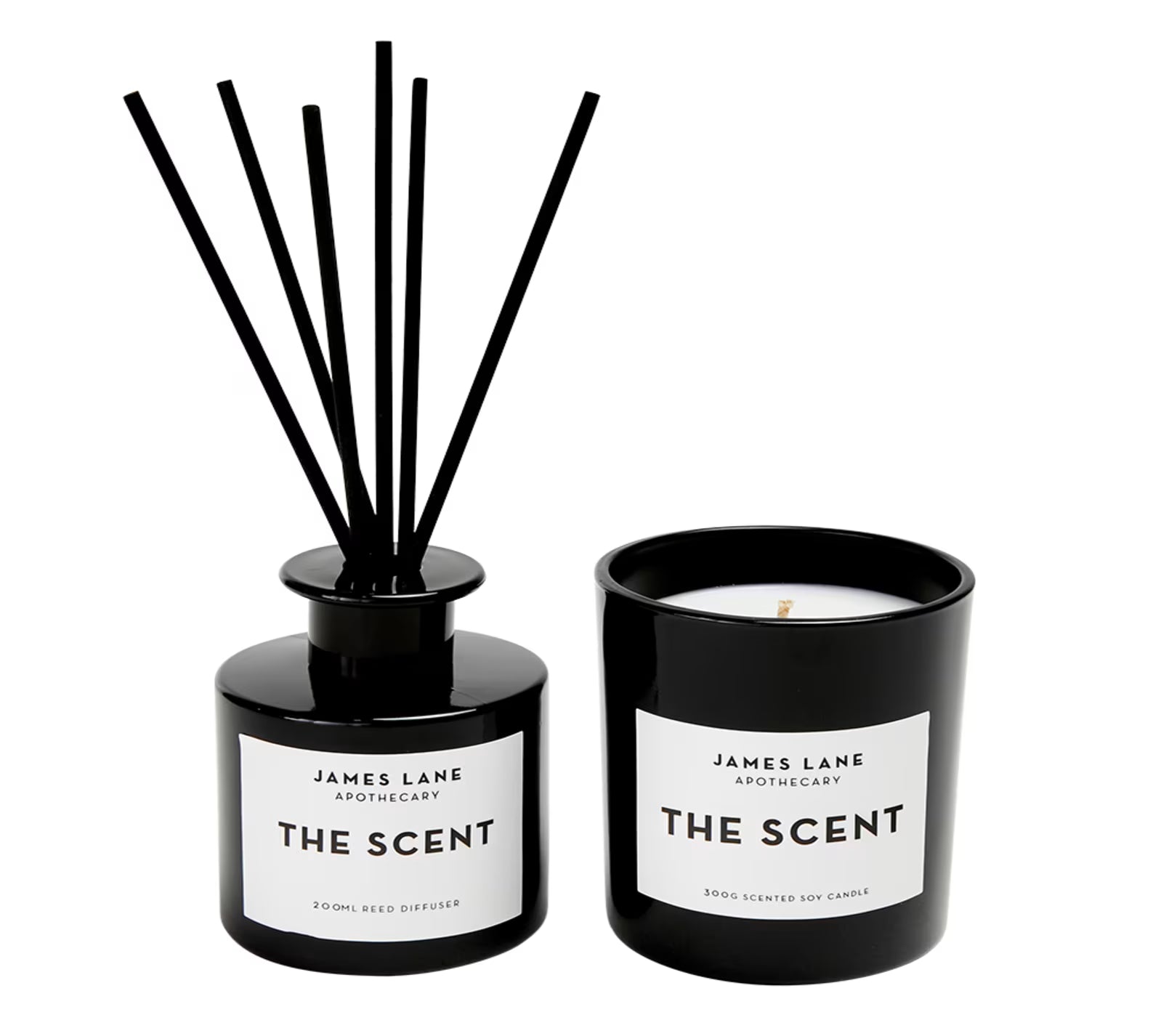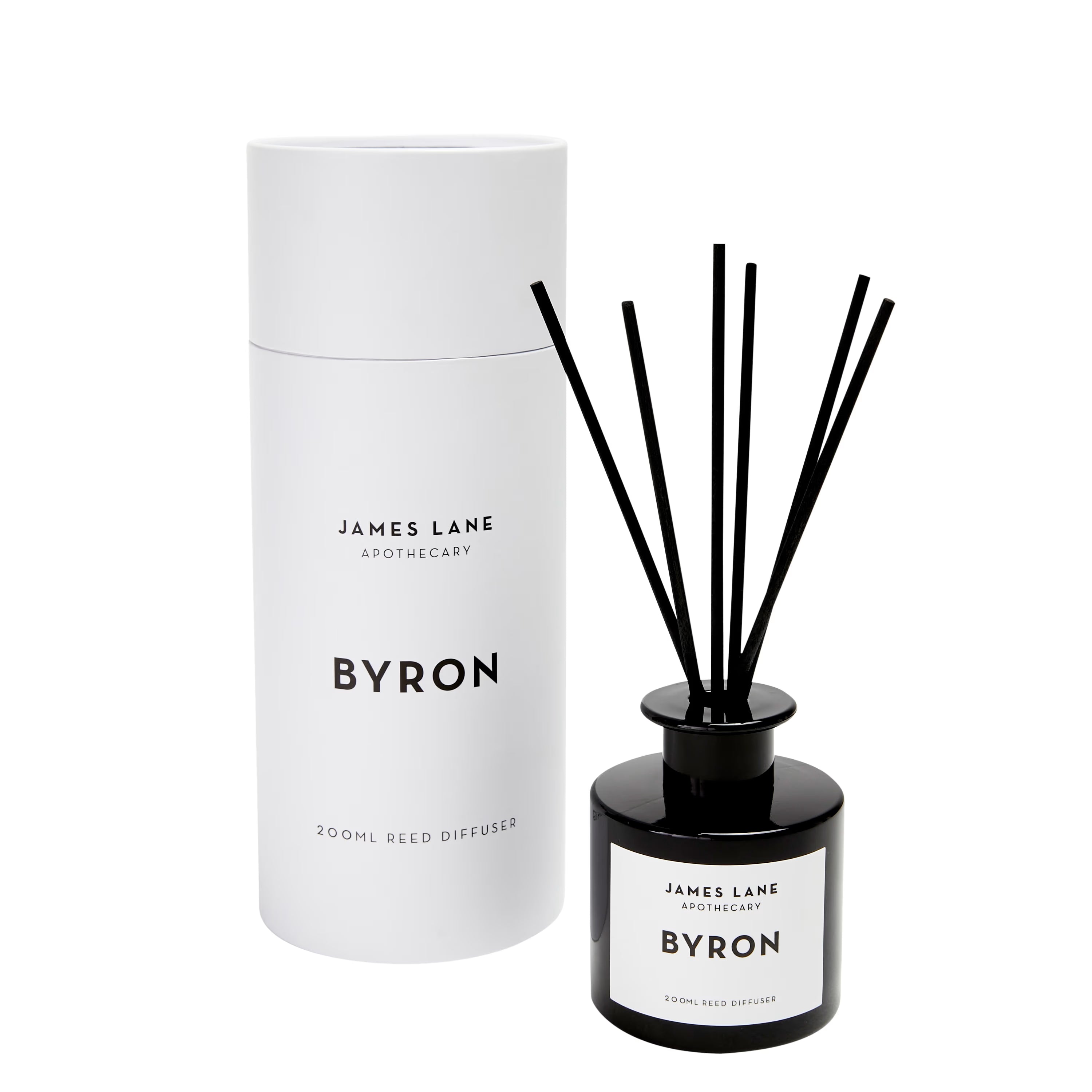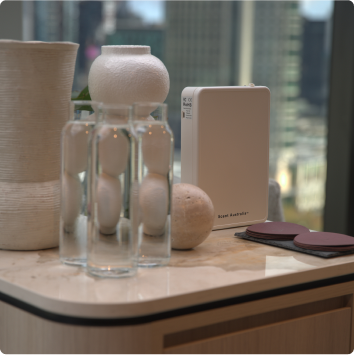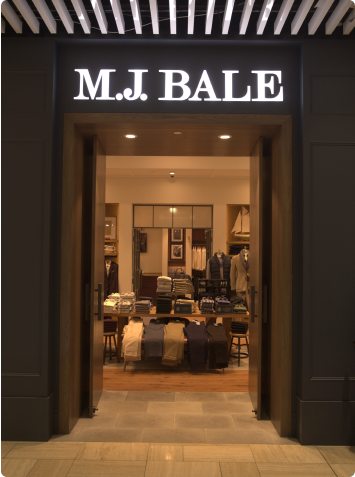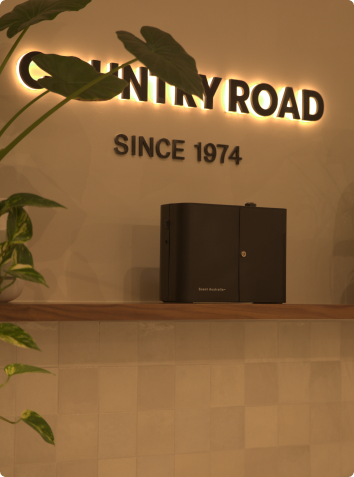The Resurgence of Physical Stores

It’s no secret that over the last two years online shopping has boomed. But does that mean it’s here to stay? While the answer is definitely yes, e-commerce is still growing, it doesn’t mean that commerce is falling behind.
In February 2019, 80.8% of Australians were shopping online and the expected online market growth was that every one item bought out of ten, would be bought online, giving Australia’s e-commerce industry projected revenue growth of 15.1% by the end of 2019.
Let’s take a journey to the end of 2019. Where world news started getting…scary.
Enter Covid-19.
Restrictions, and our ever-challenging lockdowns throughout the following two years that kept the majority from accessing regular brick-and-mortar retail channels, meant that many of us had to take a giant leap into the world of digital shopping.
With over 5 million households in Australia participating in online shopping in 2021, homewares and appliances quickly became the most popular online purchasing trend. Online domestic retail store spending grew by a whopping 51.1%. I hope your renovations and feng shui styling looks amazing.
Online shopping has been necessary amid a global pandemic and has allowed people access to the food, clothing, homeware appliances, and furniture of their choosing in a mostly safe and reliable manner.
With a few clicks, a tap tap tap on the keyboard, minimal banking details, and a delivery address, your purchased items are conveniently brought to your front doorstep. What’s not to love about online shopping?
It turns out, nevertheless, that there are many aspects NOT to love about online shopping.
For example, lack of transparency, shipping costs, wrong sizes, and mismatched items that just don’t suit where buyers thought they would. Having to return items can be a time-consuming process and in the words of Sweet Brown, “Ain’t nobody got time for that.”
According to Price Waterhouse Coopers (PwC), 60% of consumers like in-store shopping because it allows them to have the item they’ve purchased immediately, rather than having to wait for delivery, as well as pay for an inconvenient delivery fee.
In 2021, a study of 5000 individuals from 10 countries around the world, overseen by Oracle, found that 69% of Australians still prefer in-store physical shopping encounters over the ever-growing online experience.
Some might say it’s because we’re a bit slower at adapting to digital growth. Others would say it’s because Australians appreciate the countless wonderful benefits of in-store shopping services including customer service, trying things on, and feeling materials.
Out of the 5000 people surveyed, 46% of those studied said that their retail store loyalty is greatly influenced by good customer service. See, I told you it was about the customer service. While modern technology ensures that customer service is just as good online as it is off, can it really be said that it’s the same as a tangible experience?
Here’s the good news for brick-and-mortar stores according to a tracker developed by Accenture and credit bureau illion: post-covid, in-store browsing and purchasing is making a comeback. In fact, in-store purchasing has increased by over 12% than what it was pre-covid.
Physical stores, with an online presence, are the winners in our post-covid world because Australian consumers want the best of both worlds. In the space of three months, a further study showed that 64% of Aussies who purchased products from online stores chose to purchase from websites of stores that also have physical storefronts.
So, there you have it. Magical numbers and statistics don’t often lie.
While many stores, unfortunately, and sadly, had to make sacrifices, redundancies, and closures, others are coming back and they’re coming back stronger than ever with the help of those of us who love to walk into a store, smell the alluring diffuser oils upon entrance, receive a smile and a simple “hello” from the shop assistant, browse the well-stocked shelves, and fill our trolleys with bits and bobs that make us happy.
Here's a little fun fact for the reader, shoppers are more likely to spend more of their money when browsing in-store rather than online.
It seems to me, and the number-crunching, that Australians want less screen time, and more actual shopping time.








 Brian Clark
Brian Clark
